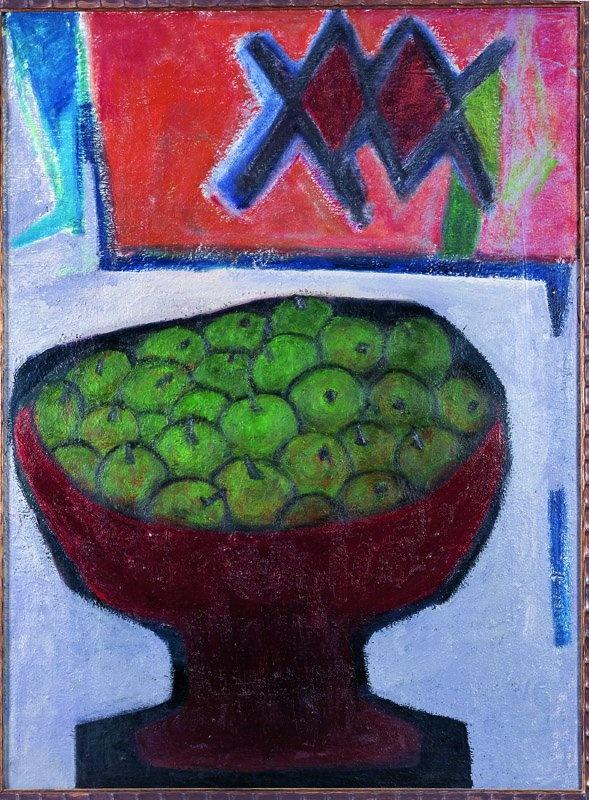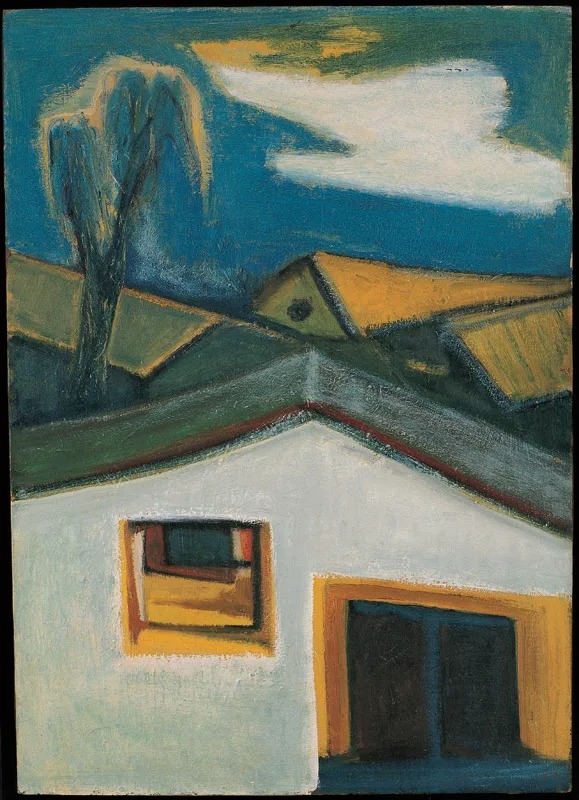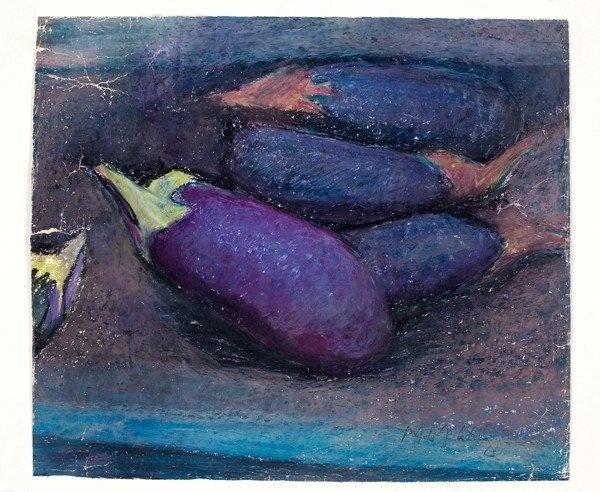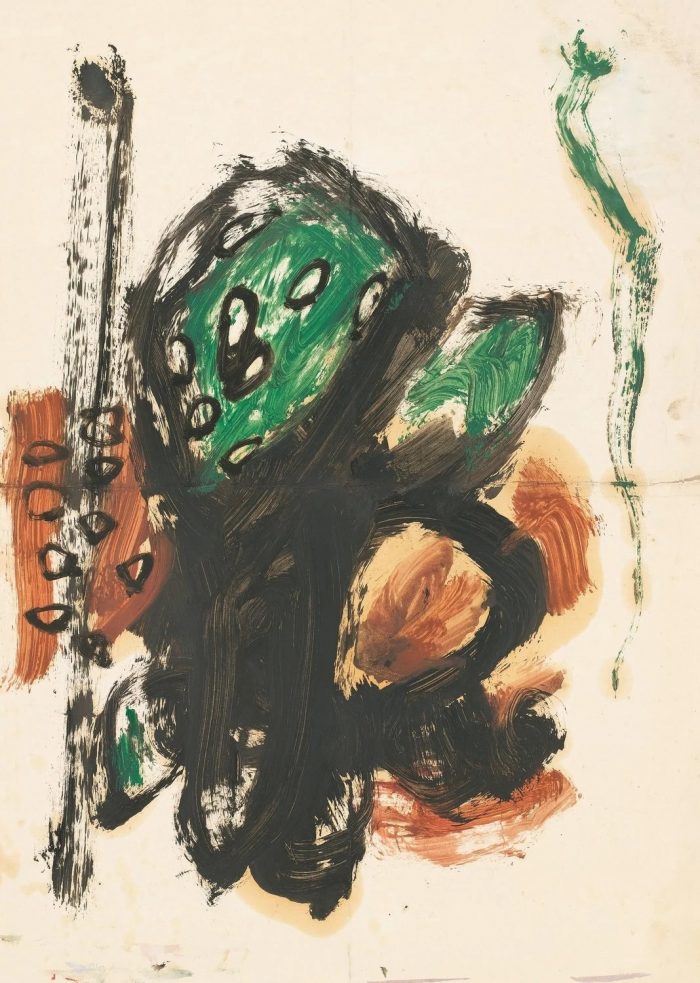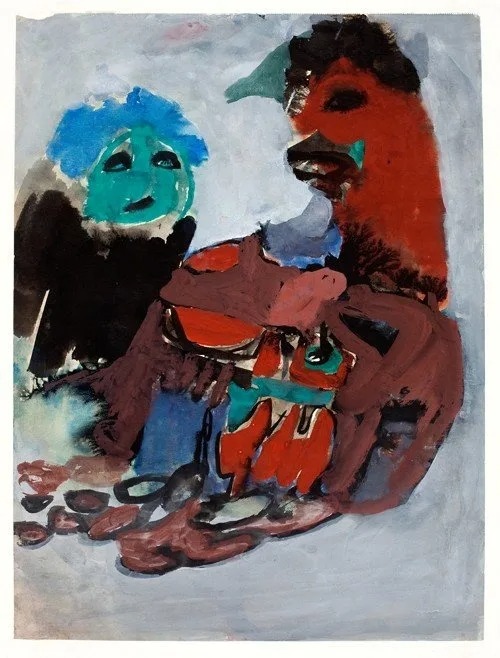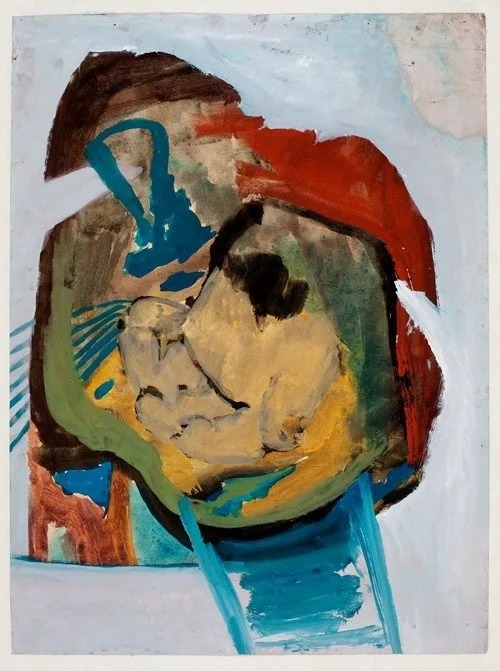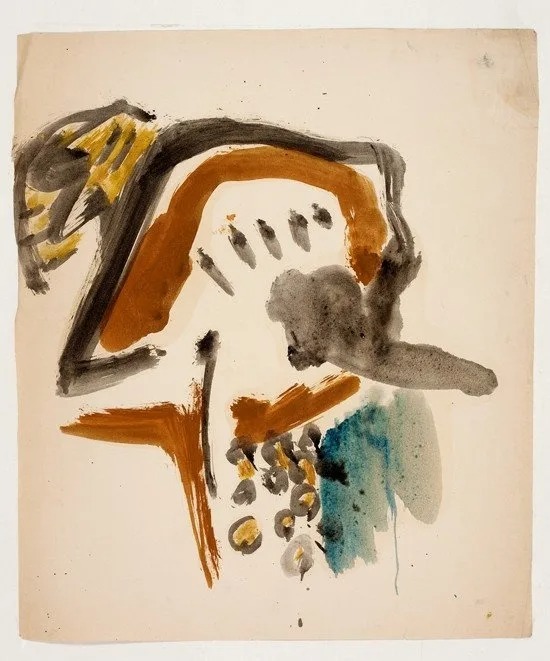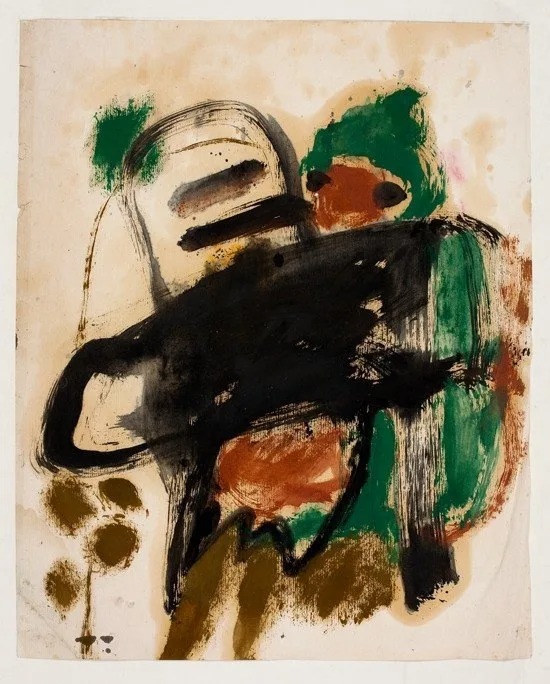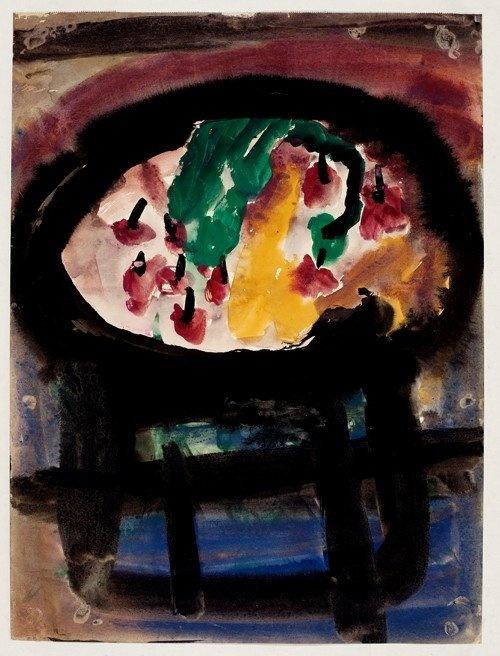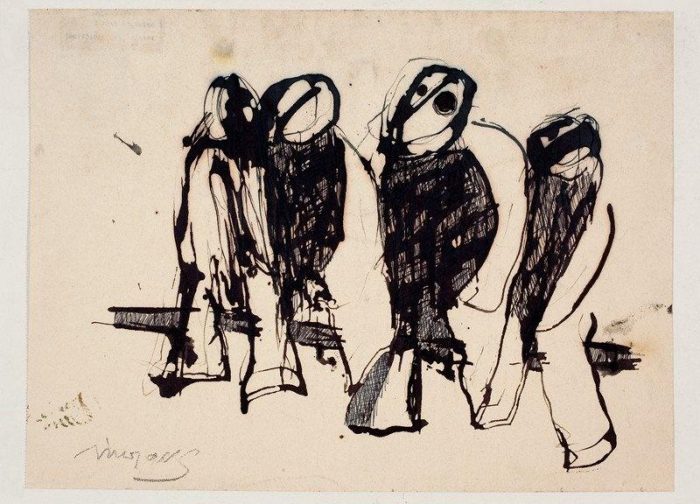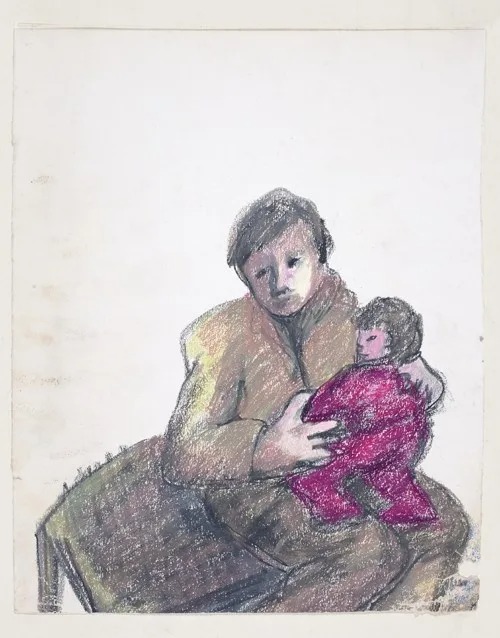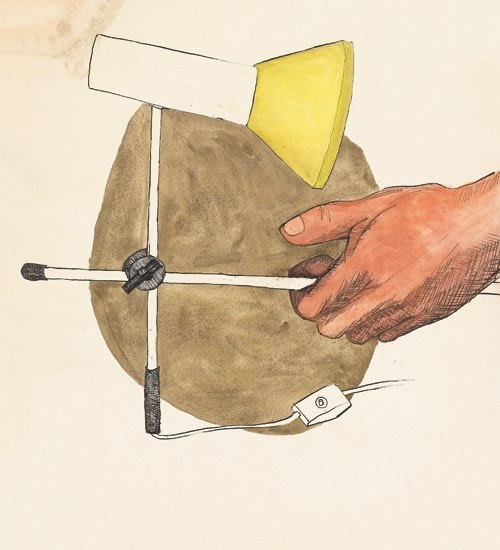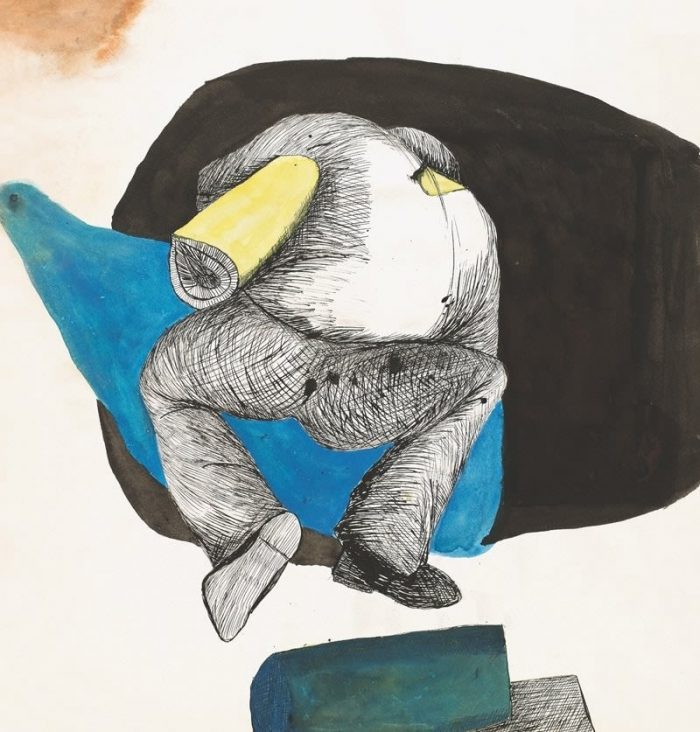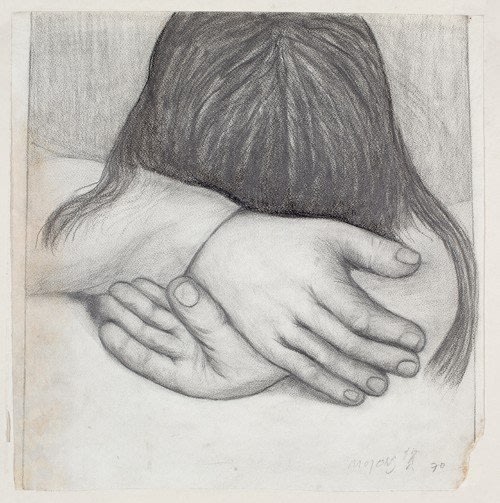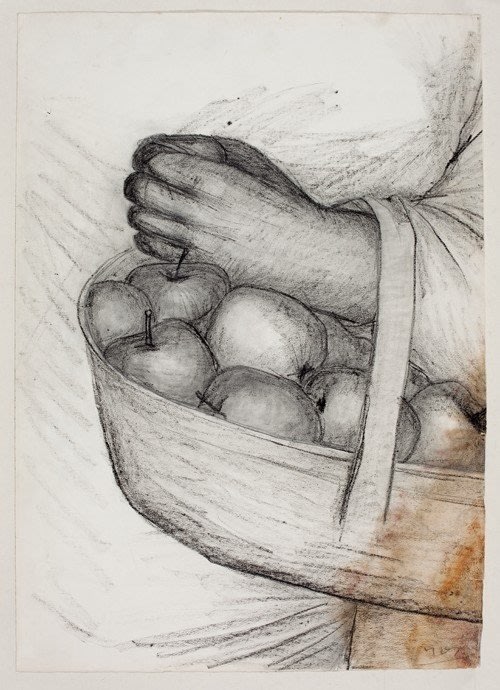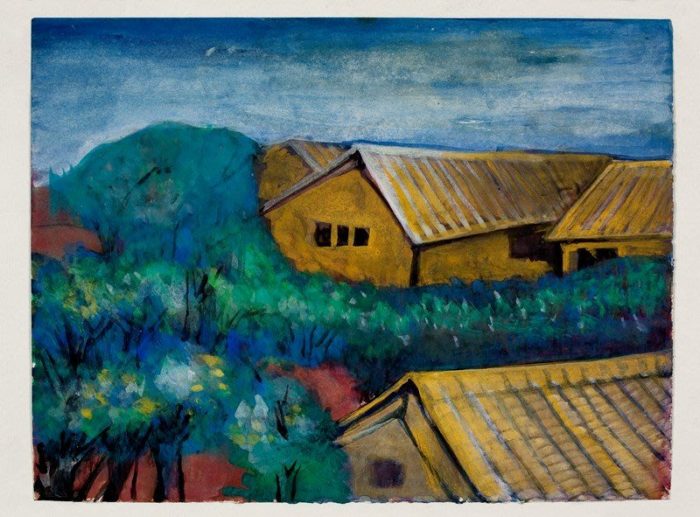Hoo Mojong
Hoo Mojong(1924-2012) was born in Ningbo, China. She had lived in Taiwan, Brazil and Spain before she moved to Paris in 1965, where she continued to pursue her artistic ideal for the next 37 years. During her time in Paris, she was influenced by Post-impressionism and Parisian School, especially from Cezanne and Gauguin. Faced with the popularity of pop and conceptual art, Hoo Mojong adheres to easel painting. She studied the artistic languages of masters, while persisted her own style. From mid-1960s through late-1970s, she mainly focused on printmaking. Her printmaking is the most distinguished type of her works, which not only follows the clear feature of figurativeness of early oil painting, but also shares traits of printmaking. In 1968, Hoo’s oil works Toy Series debuted at the Salon for Female Painters and won a major award. It lead to more exhibition opportunities throughout Europe for years to come. During the 1980s, along with China’s reform and opening-up policy, Hoo shifted her focus from Paris to China. She was invited to participate in exhibitions in China and held her first solo exhibition in Shanghai Art Museum in 1996. The affirmation of Chinese art world drew her to settle in Shanghai in 2002 and lived there for the remainder of her life until she passed away in 2012.
Hoo Mojong’s artworks are composed of a wide range of categories, including oil painting, printmaking, colorful ink painting, gouache and so on. The contents of her art works include people’s pose and body parts, still life and women portraits which engaged Moo’s self-projection on some level. Besides, the backgrounds of her painting are always quite simple or even left blank. Objects with large area of color block and balance brought by composition have their own characters. With sensitive intuition, Hoo has her special feelings about the reality, which is transformed into the content of her life and memory. The drawing materials in her art works represents her intuition. Concrete objects are depicted in the plane through thick color blocks, rough brushstroke, simple forms and compressed composition. Thus, her paintings brought a feeling of simplicity to audience, and in a sense of calm and solemn, leads them to the truth.
As one of the 2nd generation of Chinese French artists, Hoo Mojong had been away from mainstream Chinese art system ever since she lived in Paris. However, under the influence of western masters, she had developed her own concise and rustic painting style, which also integrates her own complex inner experience and keen care for women. Meanwhile, her paintings are not void of Chinese aesthetic spirit. It helped her to reached the remarkable achievements in terms of art. Therefore, Hoo plays a significant role in Chinese modern art history and she is also considered as one of the greatest female artists followed with legendary Fang Junbi and Pan Yuliang.

ARTWORKS
Exhibitions
Spoonful Pleasures —— Hoo Mojong
2022.03.08 – 2022.04.15
HOO MOJONG – Solo Exhibition
2012.02.08 – 2012.03.08
News
Gallery Hotel Art Project 3
2012.11 – 2013.04
Hoo Mojong Exhibition
Ning Bo Art Museum
2012.03.29 – 2012.04.14
Hoo Mojong Paper Works Exhibition
Today Art Museum
2011.12.29 – 2012.01.14
HOO MOJONG: A Retropective
Shanghai Art Musuem
2011.02.17-2011.03.06
Publications
Hoo Mojong
Hoo Mojong
Hoo Mojong
Hoo Mojong
Hoo Mojong
Hoo Mojong
Paper Works by Hoo Mojong
Hoo Mojong
Copper Plate Etchings by Hoo Mojong
Hoo Mojong
Selected Articles
The art of silence and strong
by Fan Dian
The Vision of Silence – Commentary to Hoo Mojong’s Painting
by Qi Lan & Xu Ke
Spiritual writings —— Brief description on the paper works of Hoo Mojong
by Fang Zhiling
Visual Diary — for “Hoo Mojong Paper Works Exhibition
by Jiang Mei
大巧若拙、返朴归真——贺慕群的油画艺术
by 陶咏白

